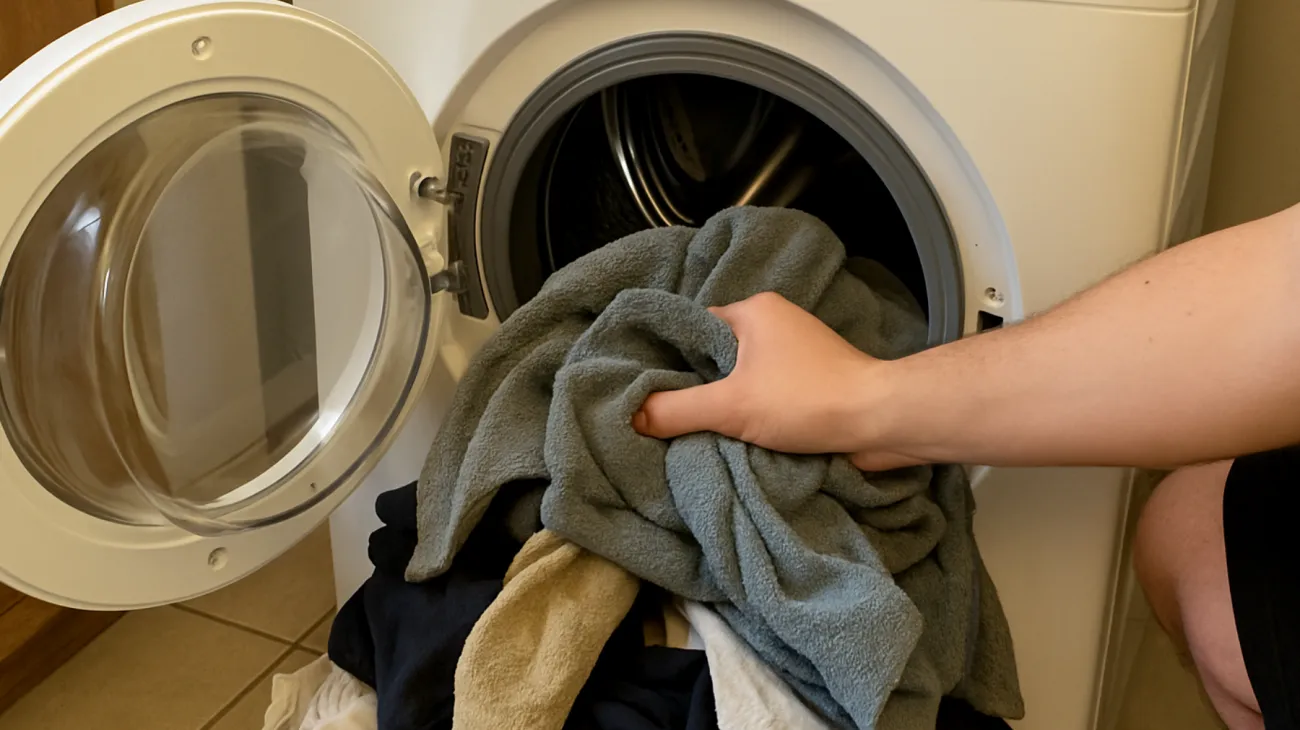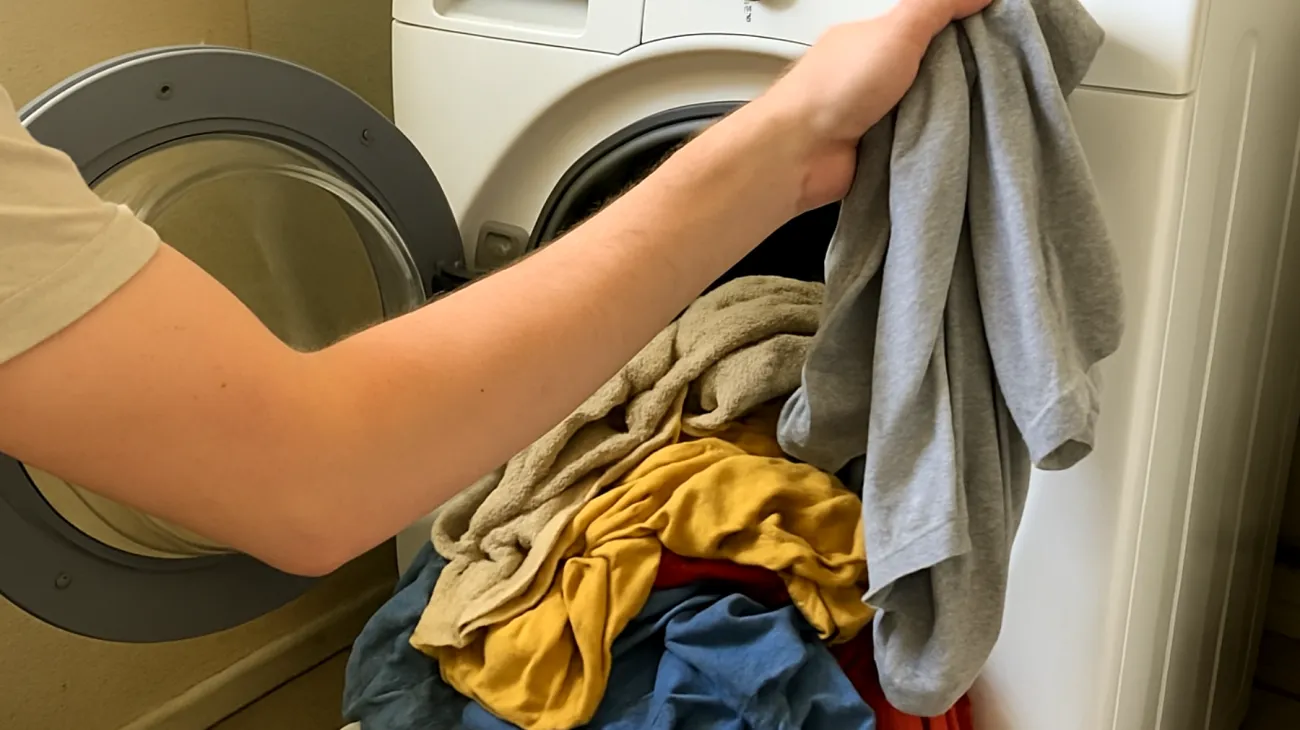Why a clogged drain filter brings your washer to a halt
When your washing machine fails to drain, it’s more than just a minor inconvenience. A full drum of water left behind means clothes stay soaked, mold starts developing faster, and the risk of electrical issues increases. What most users don’t realize is that in the majority of these cases, the solution is right at the front of the machine—behind a small panel, low to the ground, hiding the drain filter — also known as a pump filter.
Most modern washing machines, whether front- or top-loading, rely on a pump to remove water after each cycle. That pump depends on free water flow. Between the pump and the drum sits this crucial component designed to catch small debris that could damage or jam the pump impeller. The engineering behind this system is elegantly simple yet vulnerable to neglect.
When that filter gets clogged, several symptoms appear: the machine doesn’t finish the cycle and gets stuck in the rinse or drain phase, you open the door to find the tub still full of water, there’s water pooling inside the drum or even leaking out front, and the machine makes humming or grinding sounds as it attempts to drain.
These symptoms often escalate gradually. What begins as slightly longer drain times progresses to partial drainage, then complete blockage. Many users initially attribute these signs to temporary glitches or minor electrical issues, postponing action until the problem becomes unavoidable.
In many cases, people interpret this as a major mechanical failure and call for service. But unless there’s a broken pump or faulty electronics—scenarios much less frequent—a clogged drain filter is often the root cause. The psychological impact of a malfunctioning appliance often leads to worst-case thinking, when the solution might be remarkably straightforward.
The problem isn’t the complexity but the lack of visibility
Most washing machine manuals mention the drain filter only in passing. Some don’t mention it at all. It’s positioned at the bottom front of the machine, usually behind a discreet access hatch. Out of sight, it’s easy to forget. This design choice, while aesthetically pleasing, contributes significantly to the maintenance problem.
The drain pump filter is a consumable component, similar to the lint trap in a dryer. It needs regular maintenance—ideally once every 3–4 months depending on usage. Some households run 15 loads a week; others, just a couple. Pet hair, fabric type, detergent residue, and hard water contribute to how fast this filter gets dirty.
The frequency of cleaning depends heavily on household characteristics. Families with young children typically generate more pocket debris and heavily soiled items. Pet owners face the additional challenge of animal hair, which creates particularly stubborn clogs when combined with detergent residue. Understanding your household’s specific risk factors helps establish an appropriate maintenance schedule.
How to clean the washing machine drain filter safely and effectively
Getting access to the drain filter isn’t difficult, but removing it without flooding your laundry room requires a specific method. The process demands more preparation than execution. Most filter-cleaning disasters occur not from technical errors, but from inadequate preparation for water spillage.
What you’ll need:
- Flat towel or absorbent cloth for under the machine (at least 2 ft wide)
- Shallow bowl or baking tray (to catch preliminary water)
- Screwdriver (only if the access panel is secured)
- Rubber gloves (for hygiene, optional)
Unplug the machine
Always cut the power first. Water and electricity are the worst of partners. Even though the task seems low-risk, it’s best to be cautious. This precaution protects both you and the machine’s electronic components from potential damage during the cleaning process.
Locate the access panel
On most front loads, the small rectangular door at the lower right or left corner opens to expose the filter. If it’s hard to open, use a flathead screwdriver carefully—don’t pry too aggressively to avoid breaking the plastic latch.
Spread the towel and place a tray
This step is where people often get caught off-guard. There’s usually half a liter to a liter of stagnant water behind the filter, so unless your filter has a built-in drainage tube, unscrewing it without preparation guarantees a mess.
Unscrew the filter slowly
Turn counterclockwise, just enough to let some water leak out slowly. Capture it with your tray or angle it onto the towels. Once the flow stops, unscrew it fully and remove the filter. Patience during this step prevents most water damage.

Inspect and clean it thoroughly
You’ll often find coins, buttons, or bra wires, tangles of hair, sludge from detergent and fabric softener residues, and sand or dirt from outdoor workwear. Wash the filter under warm running water, scrubbing with a toothbrush if needed. Ensure the rubber gasket is intact and not warped.
Check inside the cavity
Shine a light into the cavity where the filter was seated. Look for debris stuck behind impeller blades—use tweezers or a gloved hand to remove anything foreign. This step often reveals additional blockages that wouldn’t clear through filter cleaning alone.
Reinstall carefully
Screw back the cleaned filter firmly but not with excessive force. Over-tightening can damage threads or compress gaskets excessively, creating future leaks.
Run a rinse cycle with no laundry
This helps reset the system and verify that your fix worked. If the tub drains correctly and no leaks occur, consider the job done.
Why skipping filter maintenance shortens the machine’s lifespan
Failing to clean the drain filter isn’t just inconvenient—it directly affects the long-term reliability of key components. When water can’t drain efficiently, the pump runs longer than intended, putting strain on its motor and increasing the likelihood of overheating. Over time, this wears out the pump prematurely.
The cascading effects of filter neglect extend throughout the machine’s mechanical systems. Pumps operating under strain consume more electricity while delivering less performance. This inefficiency compounds over time, leading to higher energy costs and accelerated component wear.
Leftover water also increases internal humidity, accelerating decay of rubber seals, which degrade faster and start leaking, bearings exposed to moisture they weren’t designed to handle, and electronic boards, which should never coexist with conductive condensation.
There’s also a hygiene component. A clogged drain filter turns the bottom of your washer into a stagnant water trap, creating a breeding ground for mold spores, bad odors, and bacterial films—which eventually get transferred to your clothes. This contamination cycle means that even properly washed items may emerge with residual odors or skin irritants.
So while it’s tempting to ignore the filter, especially when the machine seems to work correctly, regular cleaning is mechanical self-care that extends its usability by years.
Low-effort prevention strategies that reduce filter buildup
The good news is that some small habits can make a big difference. Once you clean the filter, modifying a few laundry routines will help you avoid doing so every month.
- Always empty pockets before loading laundry—coins and tissues are filter enemies
- Use less detergent than the packaging suggests—modern machines need surprisingly small amounts
- Switch to liquid detergent if your water is hard—it leaves less residue than powder
- Launder pet blankets separately and consider placing them in a mesh bag
- Run one hot empty wash per month with no clothes and a splash of white vinegar to clean internal pipes and the pump
The detergent reduction strategy deserves particular attention. Manufacturers often recommend amounts that exceed actual cleaning needs, partly for marketing reasons and partly to account for varying water conditions. Excess detergent doesn’t improve cleaning performance but does increase residue buildup throughout the system.
Pet hair management requires special consideration. Animal fur combines with soap residue to form particularly stubborn clogs that resist normal cleaning attempts. Using mesh laundry bags for pet bedding prevents most hair from reaching the filter while maintaining cleaning effectiveness.
The monthly hot vinegar wash serves multiple purposes beyond filter maintenance. It removes mineral deposits from hard water, breaks down soap film buildup, sanitizes internal surfaces, and helps maintain optimal pump performance. This simple ritual prevents numerous problems while extending machine life significantly.
A clean drain filter restores more than just your washer’s function—it brings back peace of mind. It’s a five-minute task that prevents costly repairs. The confidence that comes from understanding your appliances and maintaining them properly extends beyond immediate cost savings to encompass a more sustainable, self-reliant approach to homeownership. Regular maintenance creates familiarity with your machine’s normal operation patterns, enabling early detection of developing problems and often preventing minor issues from escalating into major repairs.
Table of Contents

